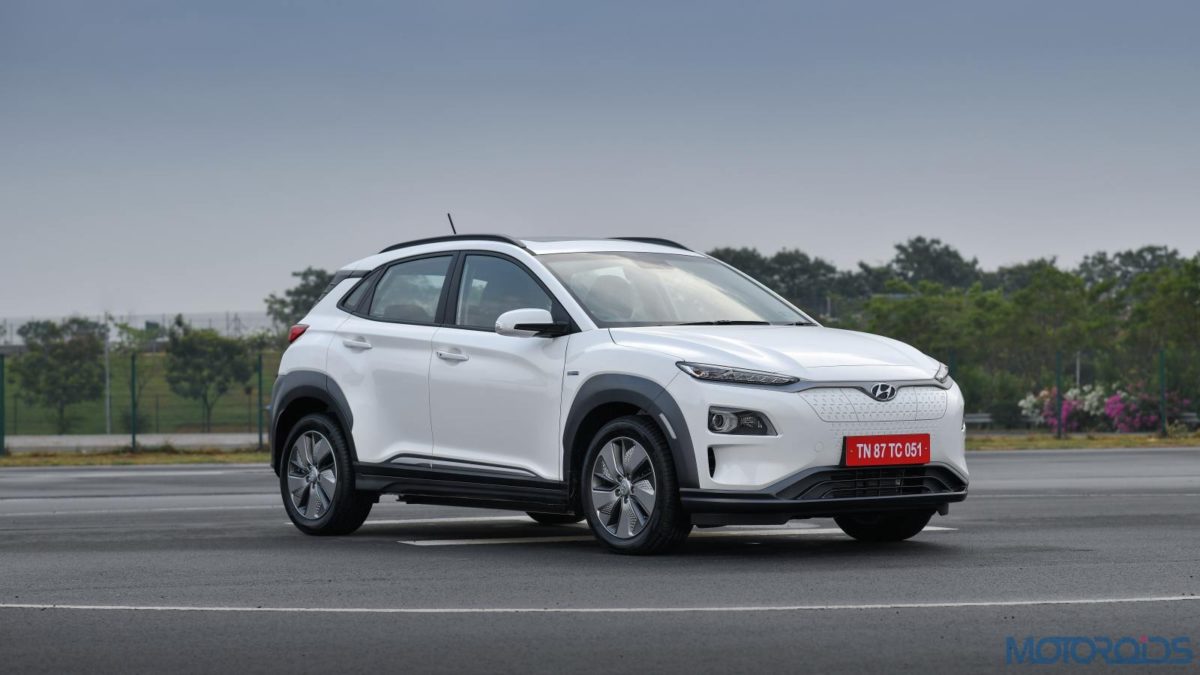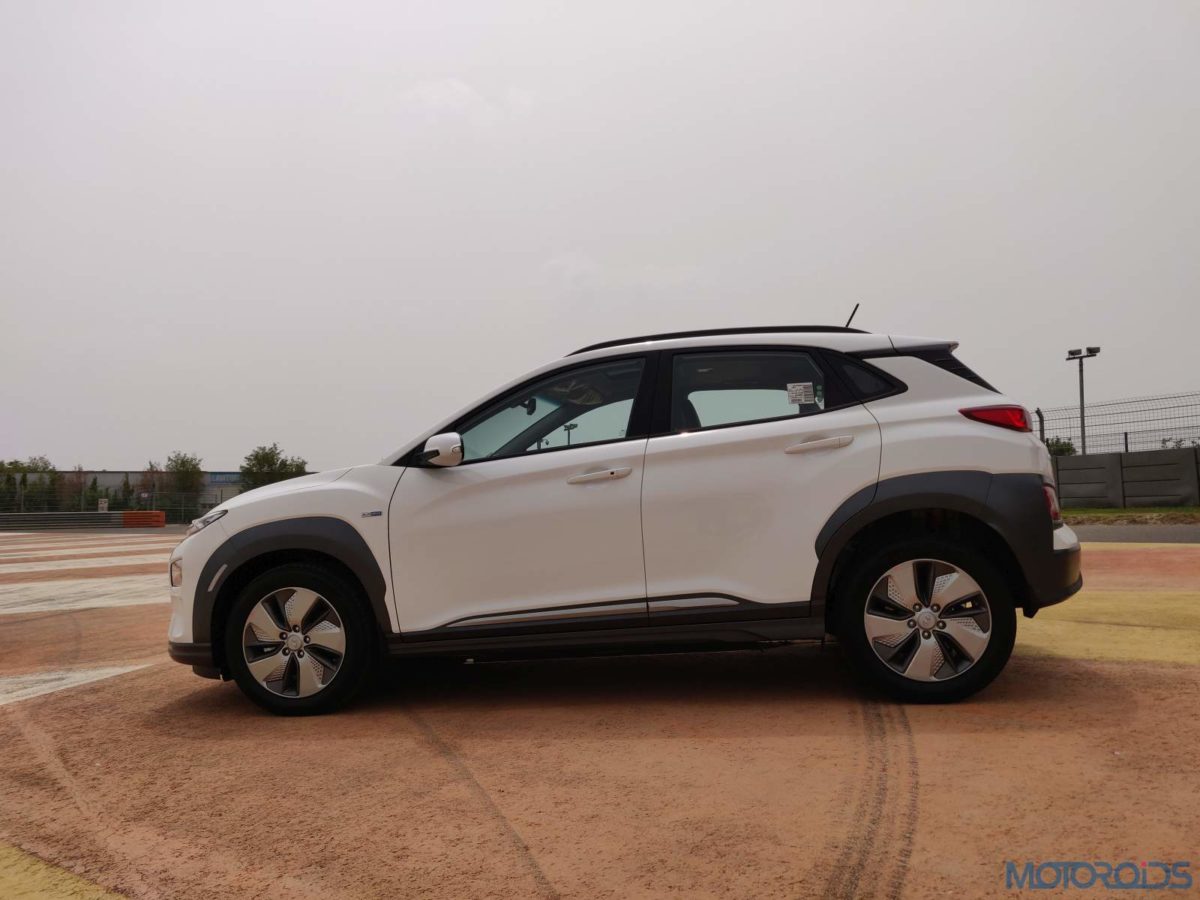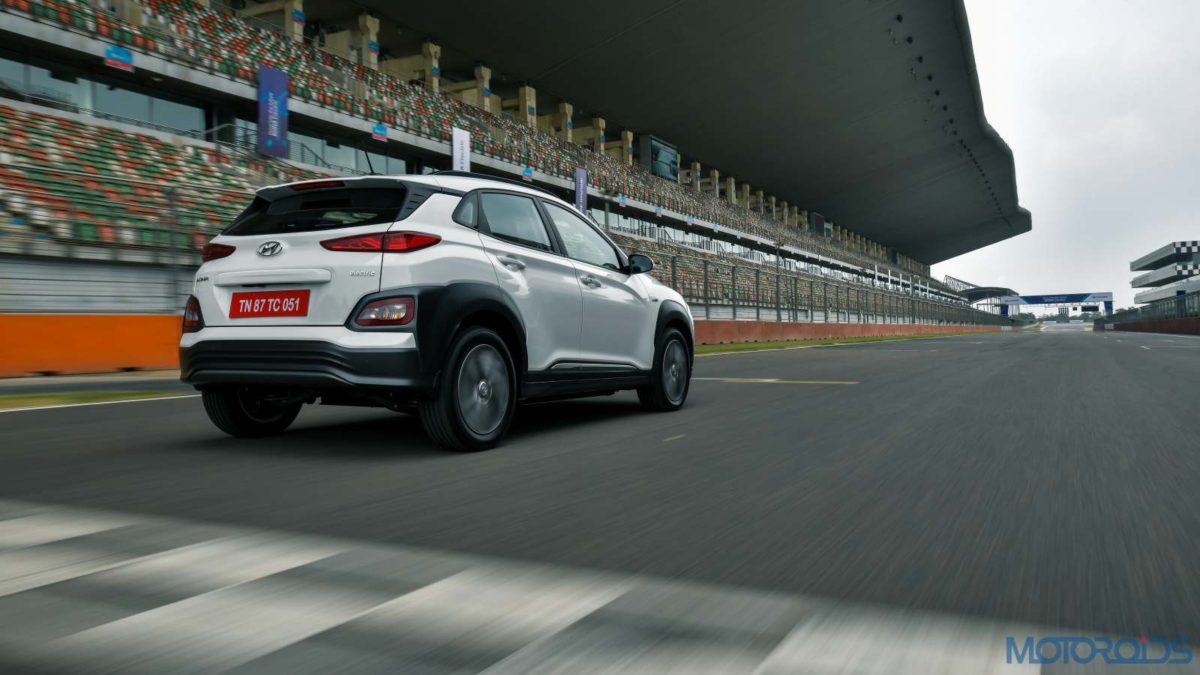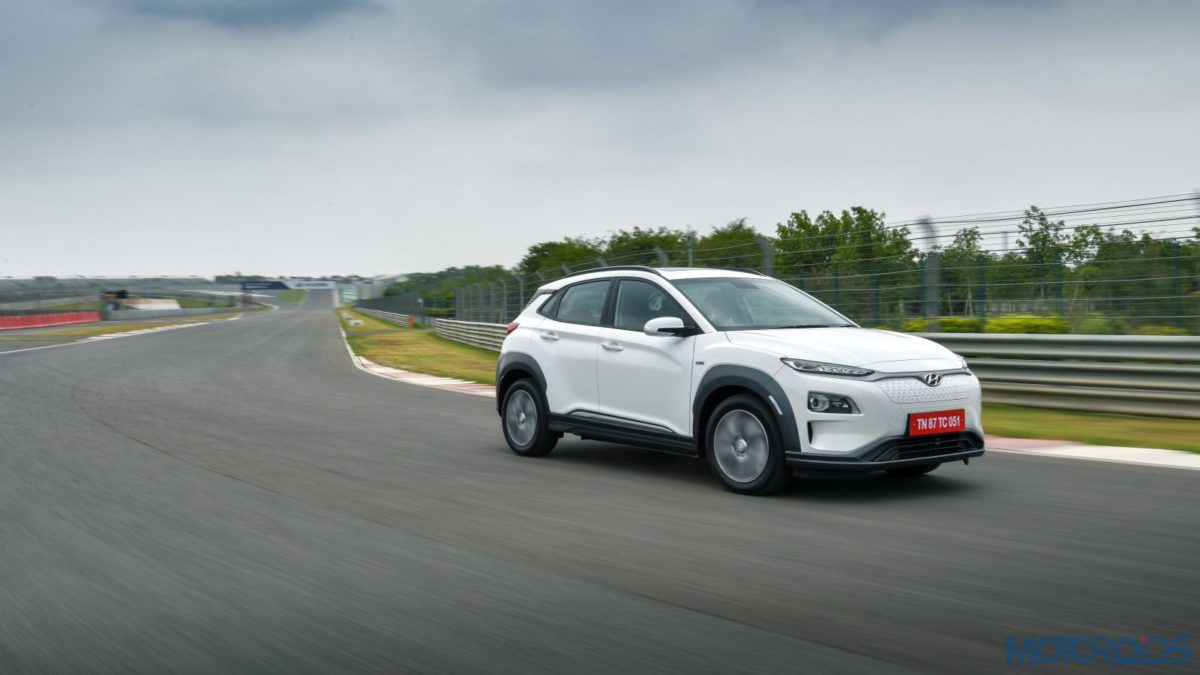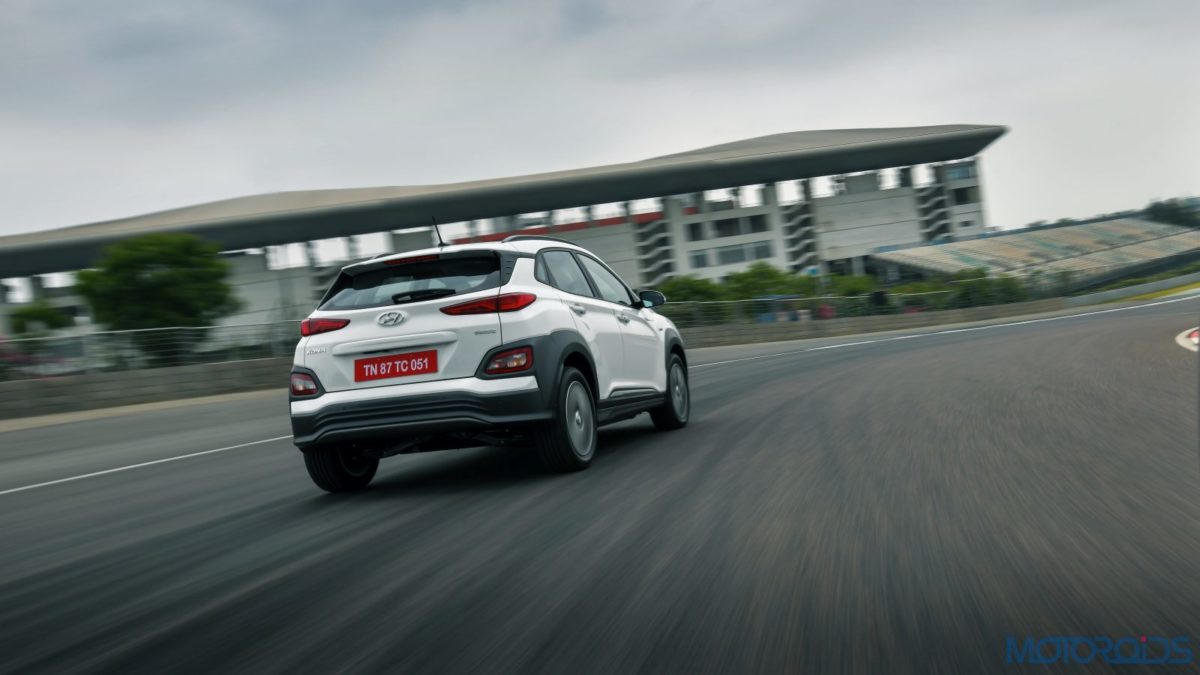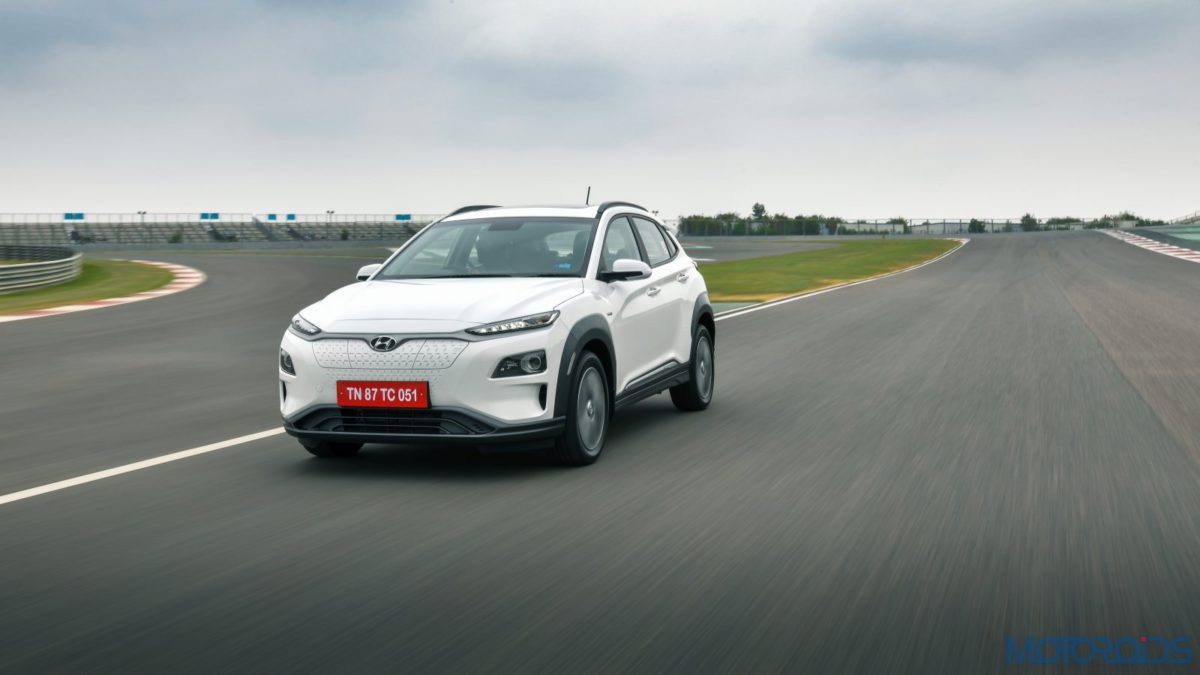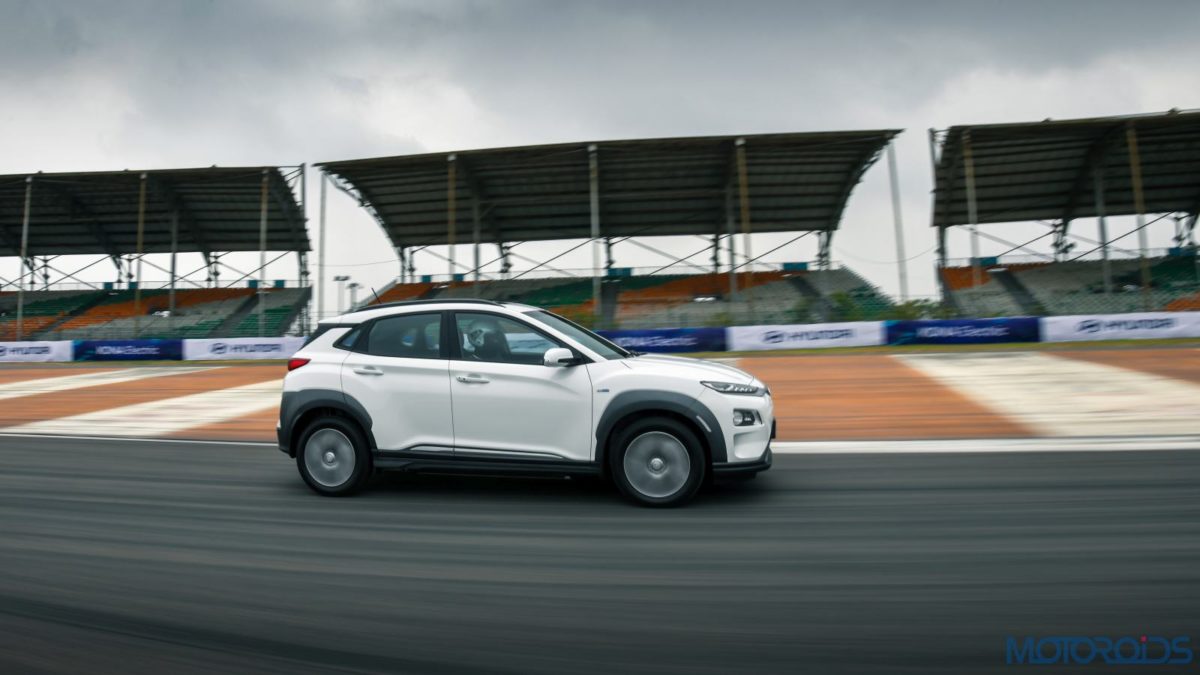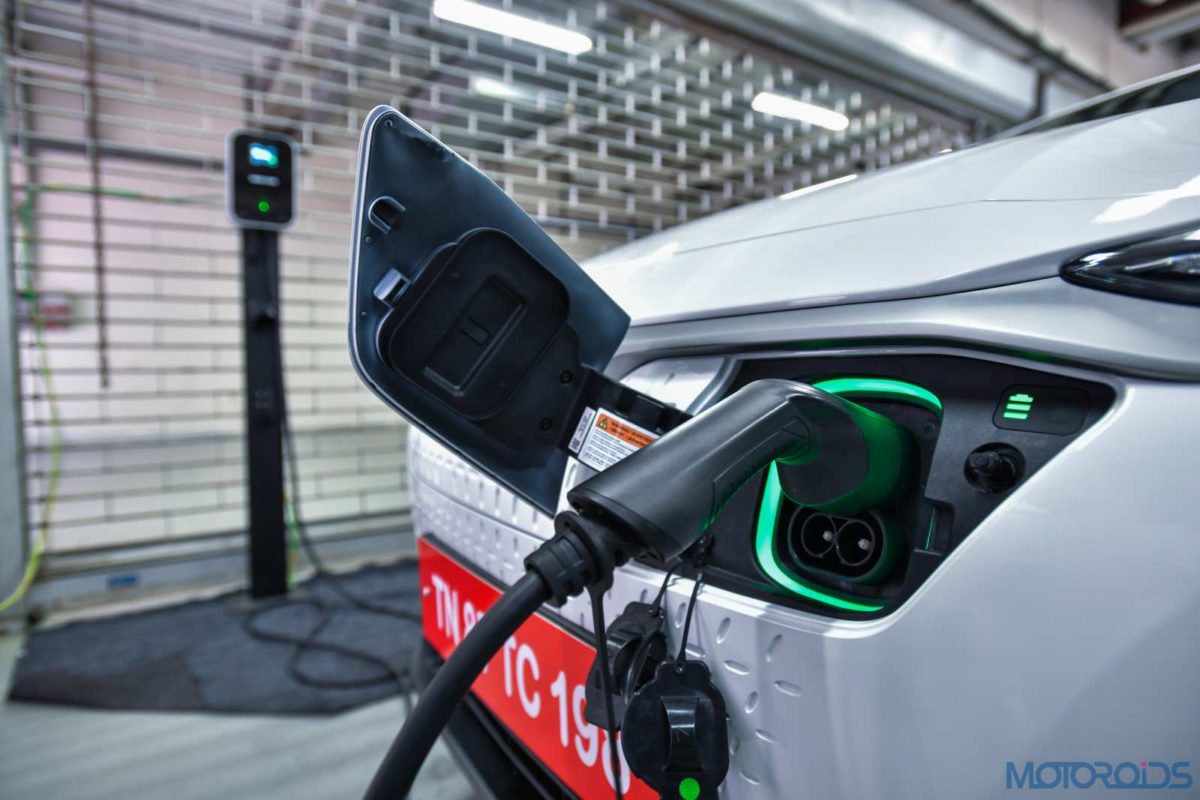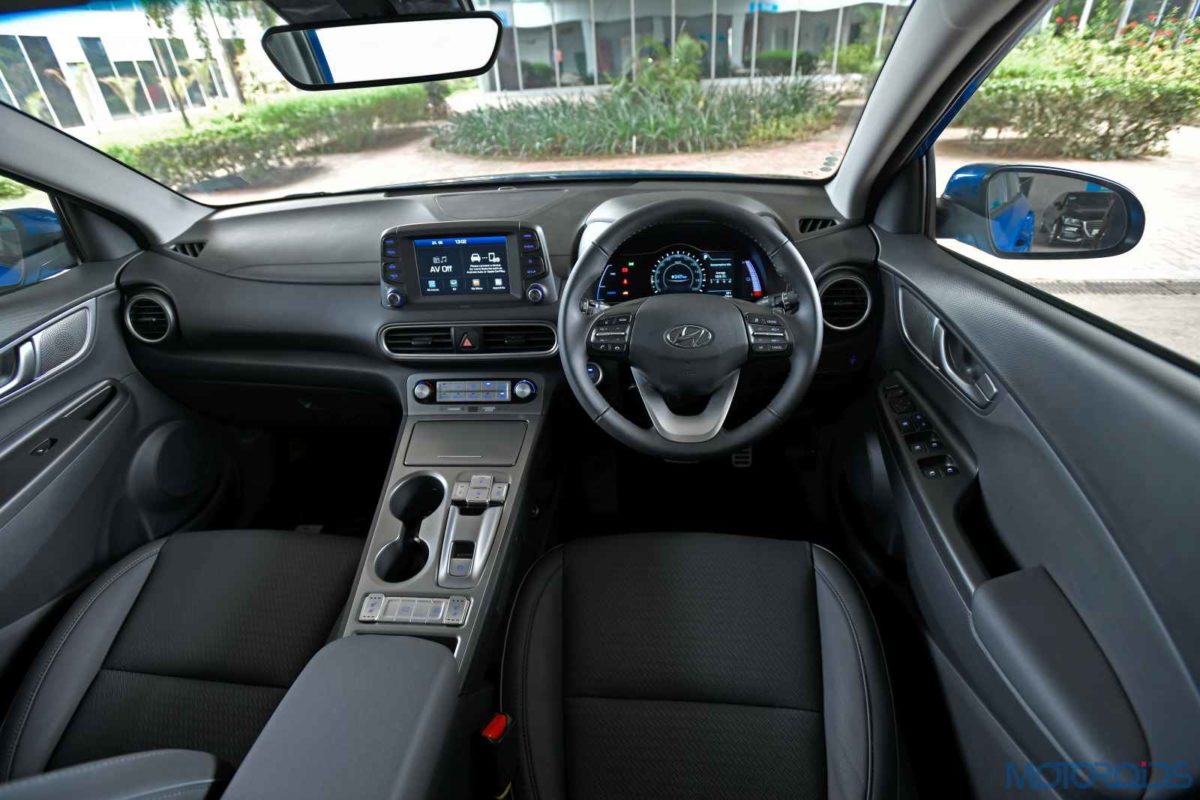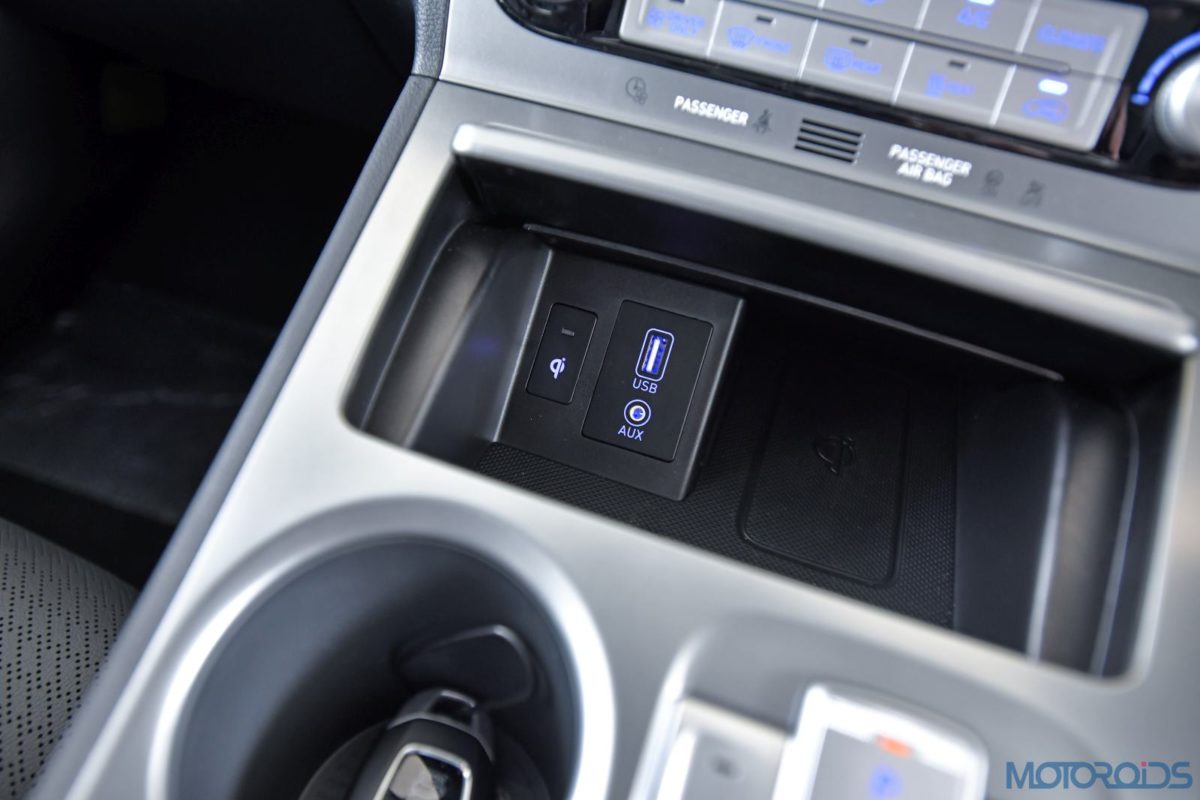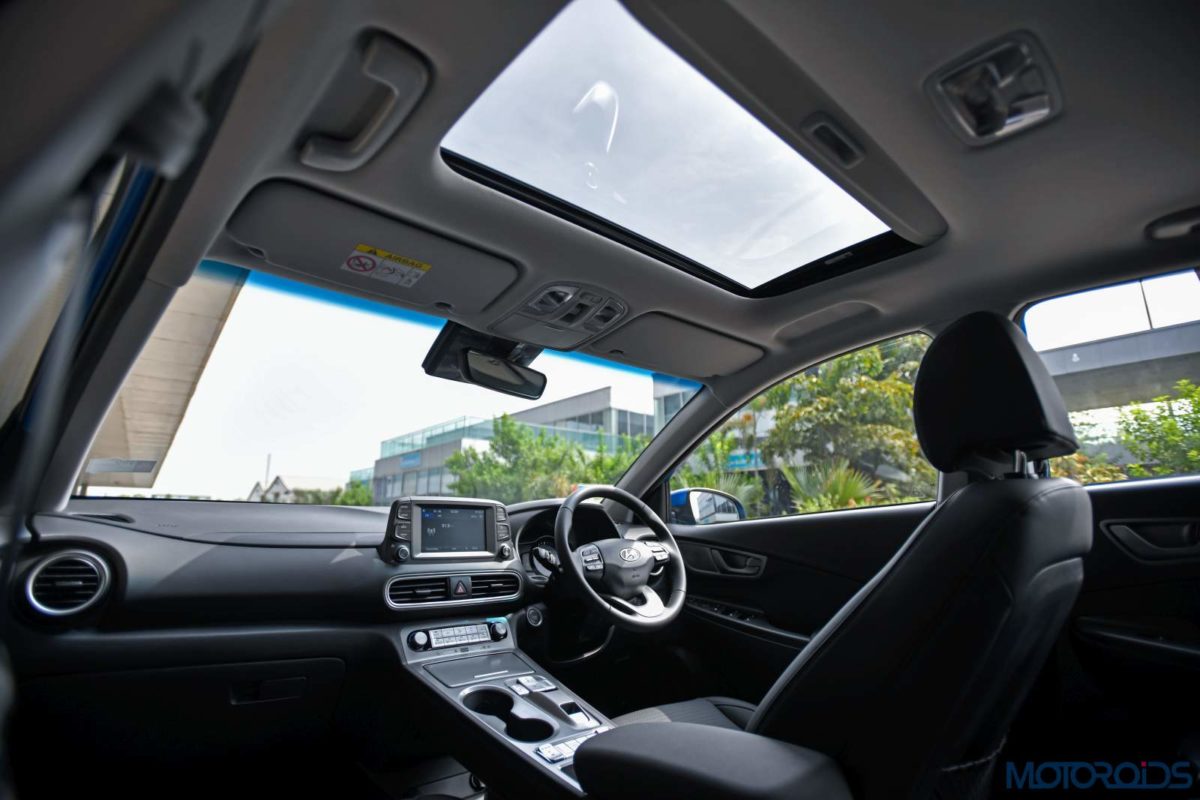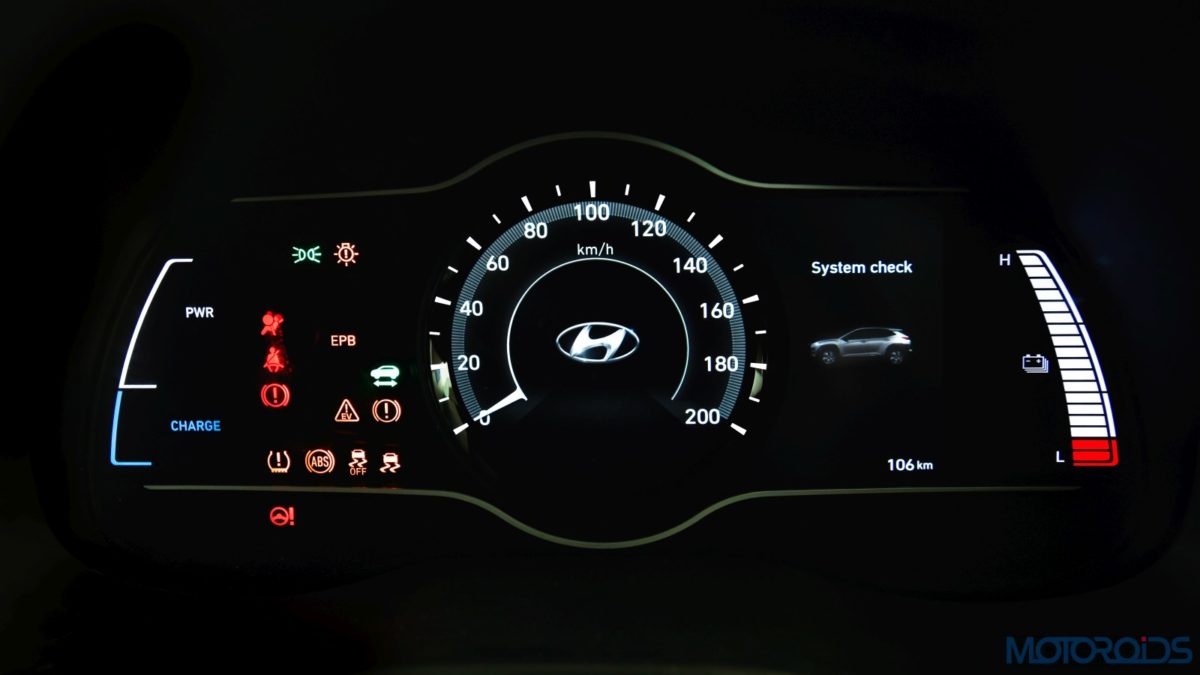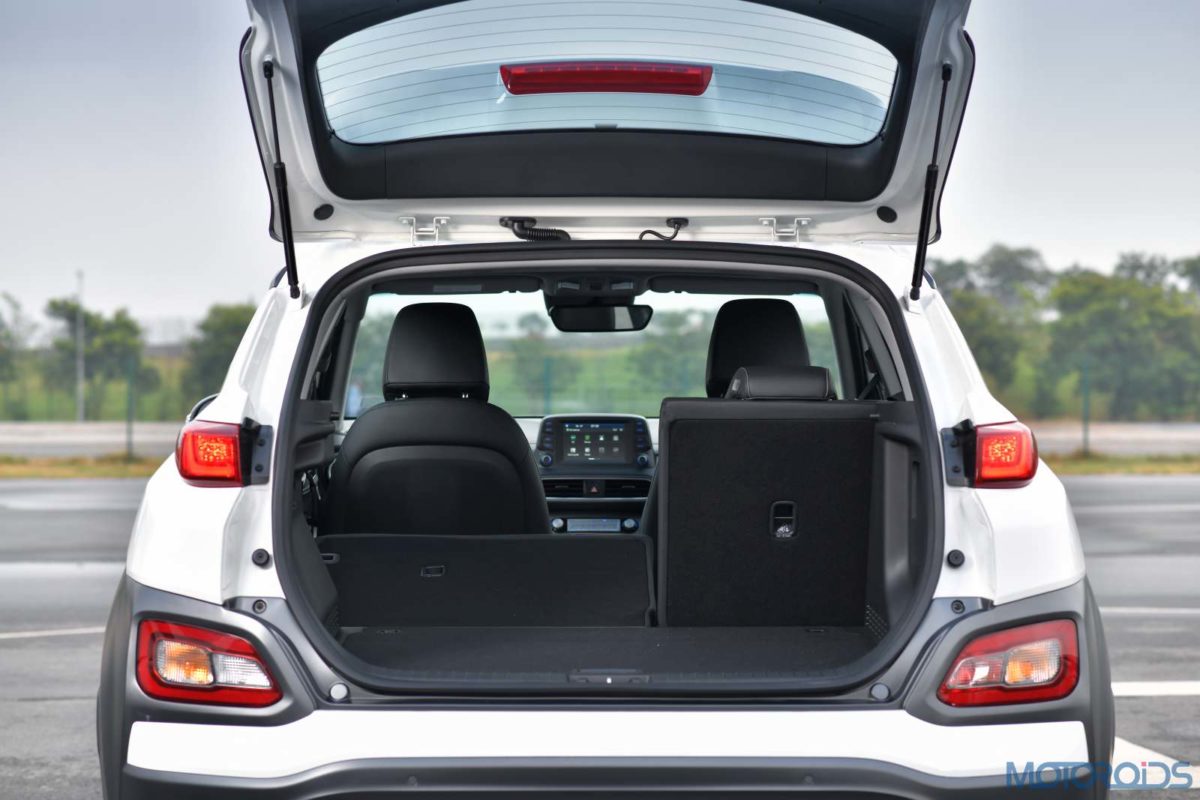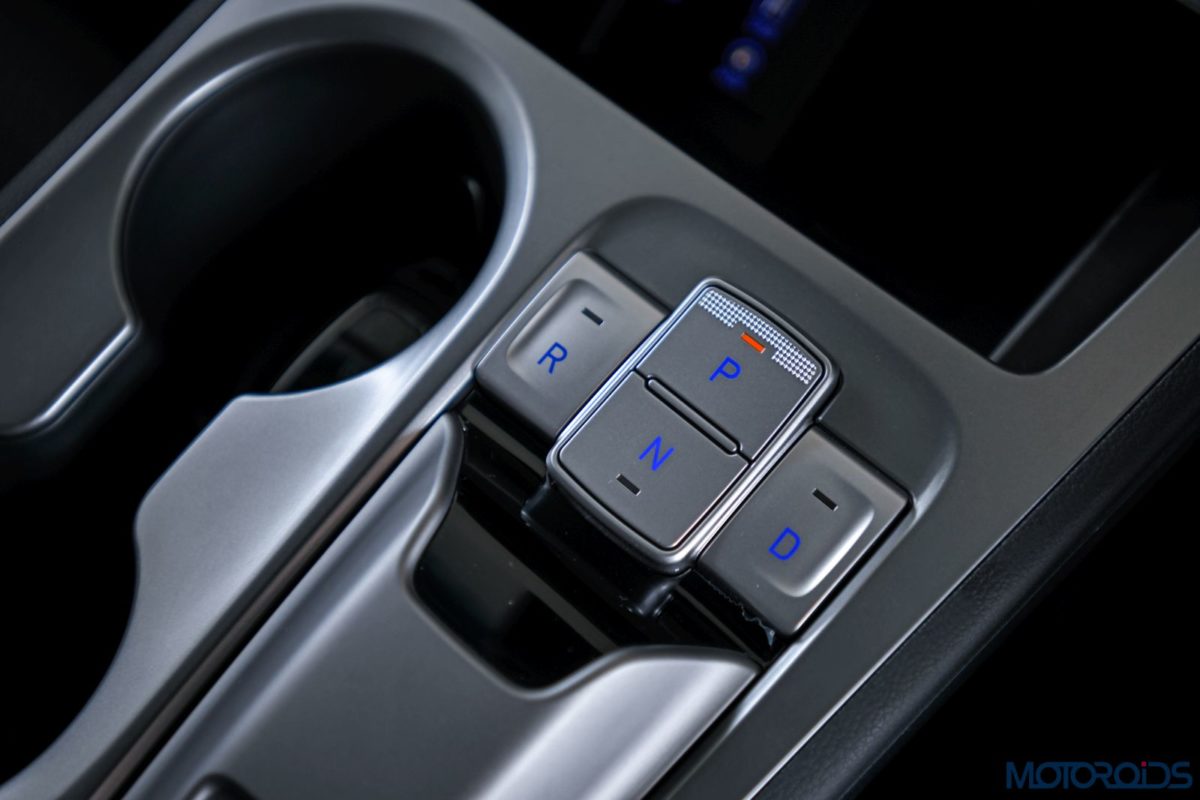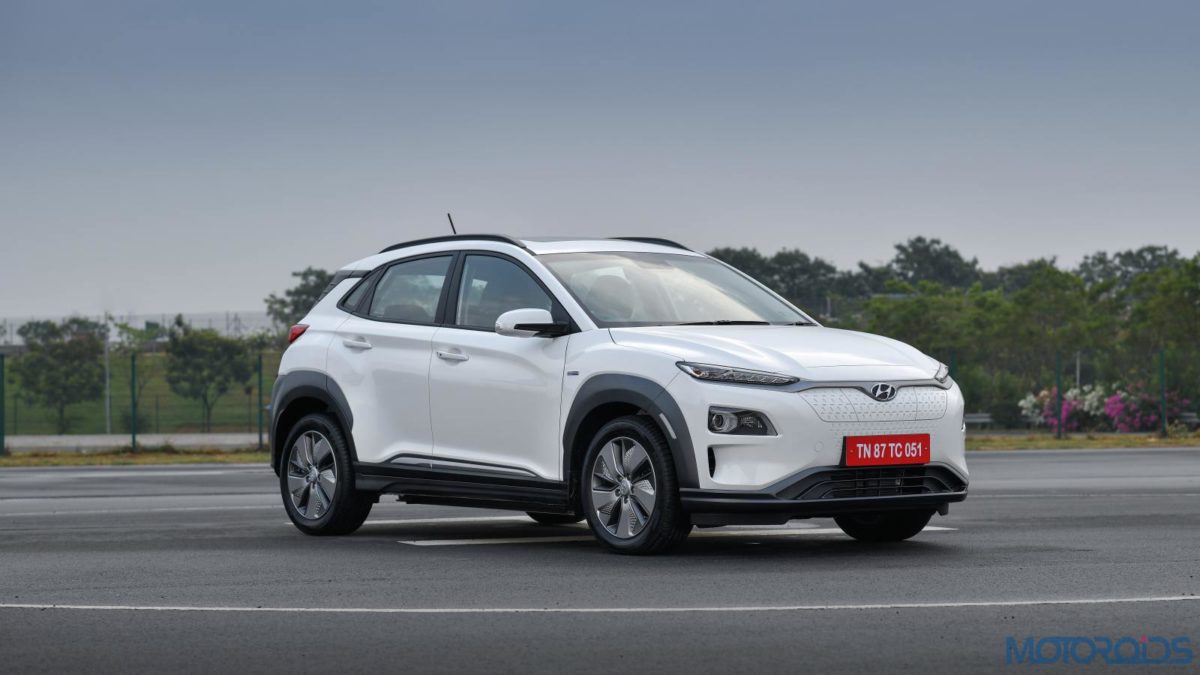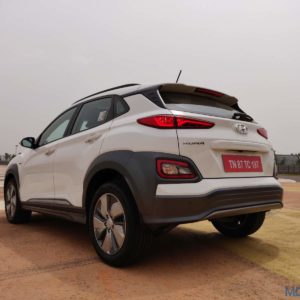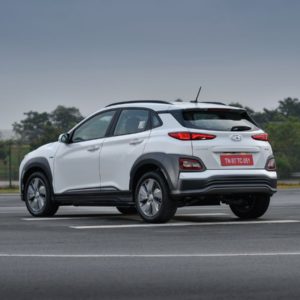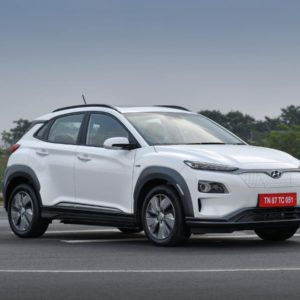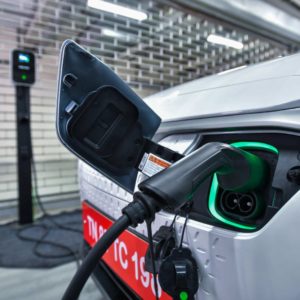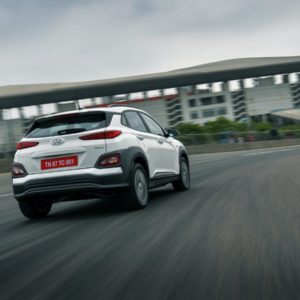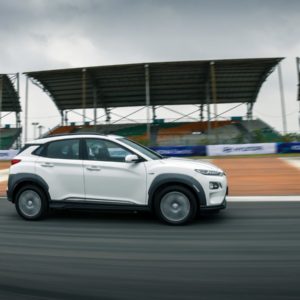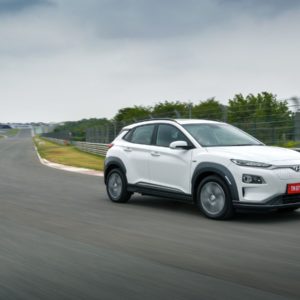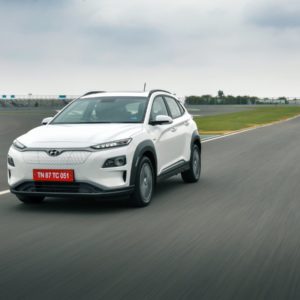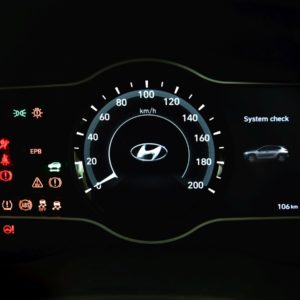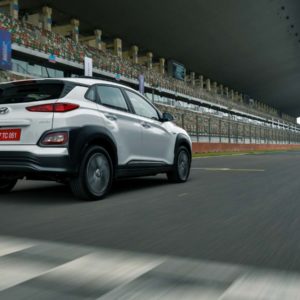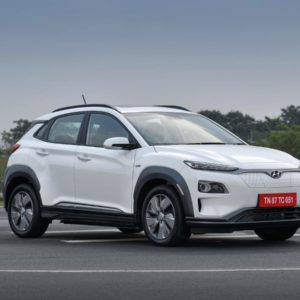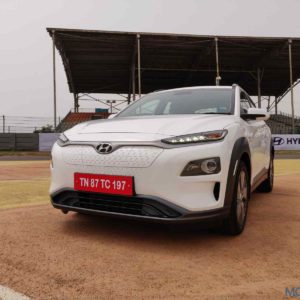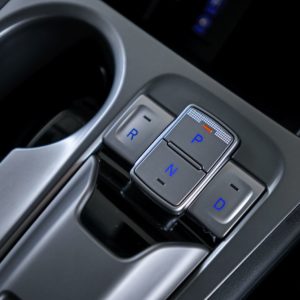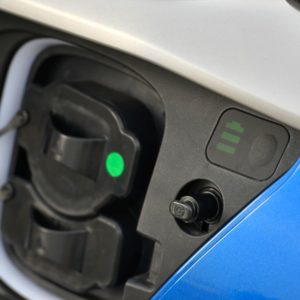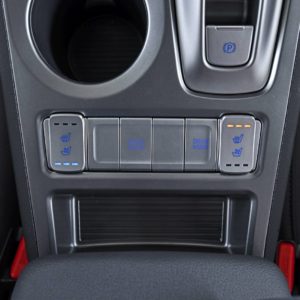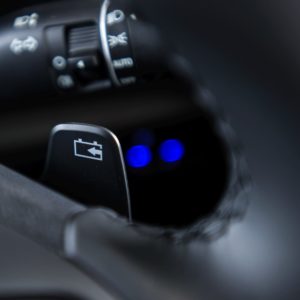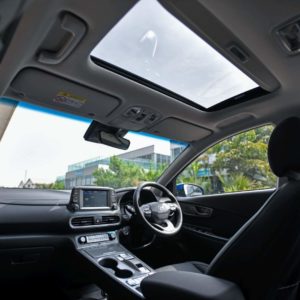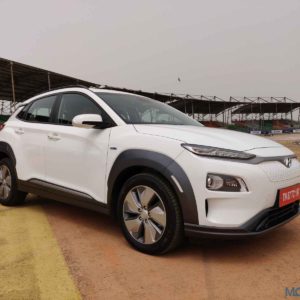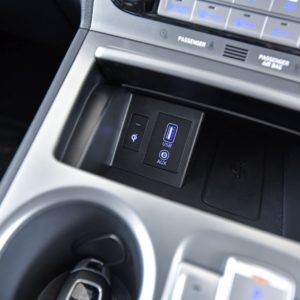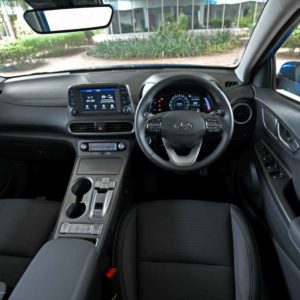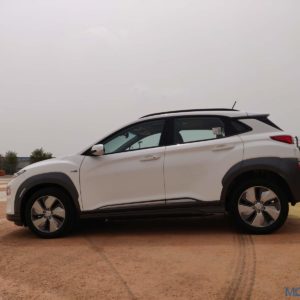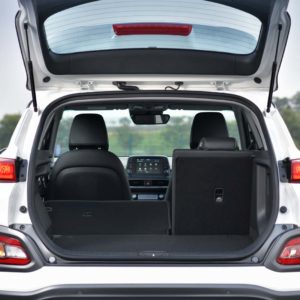India’s first all-electric SUV is here and it is welcoming the government’s new resolve to electrify mobility in the country. At the same time, it will also be introducing India to the World of full-blown electric vehicles, as with a claimed range of 452 kms on a full charge, the Hyundai Kona has all your attention right away. The introductory price of INR 25.3 lakh might make a few look away for the seemingly high initial cost and lack of charging infrastructure in the country. But the Kona is a bold move for sure and has the guts to pave the way for an upcoming future which is quiet, doesn’t pollute and will make you carry another charger in addition to the ones you already do. Allow us to tell you more.
Hyundai Kona Appearance
With its soft-roader appearance, the Kona is a contemporary and modern SUV which does carry those typically-Korean genetics in its looks. Like some recently launched conventional vehicles, the Kona too has its projector LED headlights fitted in the bumper, below the high-mounted DRLs. Because there’s no engine though, typical of electric cars, there’s no radiator grille required and there isn’t one. A tiny openable flap in the grille area hides the charging port and at the bottom is an air dam which sucks in air for the battery’s cooling system.
Also Read: Hyundai To Launch The Next Generation Grand i10 Next Month
Sideways, the heated mirrors and everything else including the roof rails and side cladding cut a Hyundai-like picture, until one notices the alloy wheel pattern, which again has very tiny gaps between its spokes for the entire car to cheat air efficiently and manage its battery power better.
At the back, energy-saving LEDs light up in style but what adds more to the visuals is a set of lights near the bumper which are surrounded in the same material as the cladding which underscores the car. The ripples in the bumper is a nice touch too, which does well to take your mind off the fact that there’s no tailpipe but a flat surface underneath, which is where the batteries are. Overall, except for the face, the Hyundai Kona cuts a smart and friendly picture where the appearance isn’t too overwhelming or radical to your eyes.
Hyundai Kona Driving Experience
We spent time with the Kona at the Buddh International Circuit, a place which isn’t its natural habitat. However, the venue was decided due to operational reasons rather than boastful, yet, the Kona did surprise! In terms of power, the Kona is powered by a 39.2 kw/h battery system and the motors spin out about 136 PS and 395 Nm of torque! Transferring all that to the front wheels is a single-speed reduction gear system. Four driving modes, Eco+, Eco, Comfort and Sport, alter the power output according to what the word suggests.
Since we were on a track, for being who we are, we shunned everything and engaged Sport mode first, where the power delivery is so instant, it felt like being behind the wheel of a sports car for the kind of initial throttle response that one experiences. Once you push the pedal to the floor, there’s a gentle push into the seat and then the Kona lives up to its 0 – 100 dash time of 9.7 seconds. Even after that, the numbers grow bigger quite briskly until the car hits its electronically-limited top speed of 160 km/h.
Even in the other driving modes, power delivery isn’t as subdued as one would expect and things do still remain electric. The Hyundai Kona also has two pedals behind its wheel which allow you to toggle between three levels of brake energy regeneration, where level 3 is the most aggressive and calls for the brakes to charge the batteries through friction, once you stop accelerating. Hyundai also calls this behaviour as ‘Single Pedal Driving’, and yes, the braking in level 3 is that aggressive if you let go of the ‘Go’ pedal judiciously.
Compared to a conventionally-powered car, how is it driving an everyday electric car? Well, like most like-minded folks out there, we were apprehensive too. However, once behind the wheel, the experience is more refined and calming, yet, there’s a sense of excitement and urgency which is relayed by the drivetrain. For the lack of mechanical noise, everyday cars with their ever-decreasing number of cylinders aren’t music to our ears these days anyways. Inside the Kona then, which is still an everyday car (The high sticker price will go down once batteries don’t cost as much), the lack of metallic skirmish translates into an experience which is new and surprisingly likeable. To give you a perspective, never before have I heard my own breath while throwing a car aggressively into a corner.
Hyundai Kona Ride & Handling
With its wide track and centred gravity due to the placement of batteries on the floor, the Kona handles really well for its form, shape and reason of existence. The steering weighs up positively around bends and the chassis feels sorted and balanced at all times. The low-resistance tyres weren’t exactly at home on a race track, but for everyday purposes, they do the job just fine. Braking felt positive too and the Kona sheds speed really quickly. On the ride quality front, a smooth racing track isn’t the best place to figure that out, however, there’s a tinge of firmness to how the Kona rides. When thrown around bends aggressively, body roll was well-contained too.
Hyundai Kona Range & Charging Time
Hyundai claims a 452 km range for the Kona, which is ARAI certified number. In the real world, that will be more like a number between 300 – 350 kms on a full charge. In terms of charging times, the car will be sold with a 2.8 KW portable charger which plugs into a normal 3-point wall socket and takes 19 hours to charge the batteries fully. An AC wall-box charger is the other option which will be provided with the car and can be installed at home or office. The 7.2 kW cable takes 6H and 10 mins to recharge the batteries fully or an hour for 50 kms of running. Select IOCL bunks in tier I cities will have a DC charger which will fill up 80% of the juice in those batteries in 57 minutes. This network, although at a nascent stage right now, will grow, as more private players join the revolution.
To extend the car’s range, there’s a mode which only keeps the AC On for the driver, there’s brake energy regeneration, and an infotainment display which tells you how much power is being used by what, so that you can judge the situation and act accordingly.
Hyundai Kona Interiors & Features
Inside, the Hyundai Kona’s cabin is full of features and everything seems well put together. There’s a leather-wrapped steering wheel, leatherette seats, a soft-to-touch pad on the dashboard, metallic inserts on the pedal and a raised centre console which has cup holders and buttons for the heated & ventilated front seats, an electronic parking brake and four other switches for the shift-by-wire drive gear system.
There’s a wireless phone charger, a sunroof, heated mirrors, cruise control, an all-digital instrument cluster with a tyre pressure monitoring system, a 17.7 cm screen with hot buttons which is Android Auto and CarPlay compatible and which also displays various parameters in regards to the battery and power consumption. The driver’s seat is powered and adjustable in 10-ways and gets lumbar support too.
In terms of comfort, at the back though, there’s not much space for your legs if you’re a six-footer and headroom isn’t all that great either. Since the batteries are under the floor, the gap between the front seat’s backrest and the floor is also too tiny and one can barely slip both feet in there.
There’s a central armrest with cup holders though and the backrest can recline in a 60:40 split to release more boot space, which on its own, is pretty decent. In terms of safety, the Kona gets 6 airbags, Electronic stability control, a vehicle stability management system, hill-start assist and a virtual engine sound system which lets pedestrians know about its presence.
Hyundai Kona Ownership Support
If you decide to become an early adopter, in addition to the recently announced benefits during the Union Budget, Hyundai will offer a 3-year, unlimited kilometres warranty for the car, along with an 8-year or 1,60,000 km warranty for the batteries. Select IOCL fuel stations in Mumbai, Bengaluru, Chennai and Delhi will equip themselves with a DC charger, while Hyundai Electric selling dealerships will provide a 7.2 kW AC charger to support customers. A special fleet of Konas will also ply in the aforementioned cities to provide car-to-car charging support during emergencies.
In Conclusion
The Hyundai Kona, as of now, is for the early adopters. But it won’t be long before this silent revolution takes over as battery costs will go down, the charging infrastructure will develop, and charging times will drop too. Is it an alternative to your ICE-powered car as of now? It is if your driving distances and routes are fixed, predictable, and also if you like what you see. If you’d still like to be on the fence and wait, maybe you should go try it out just for the experience. You’ll be surprised, and in a good way. Just like us.

